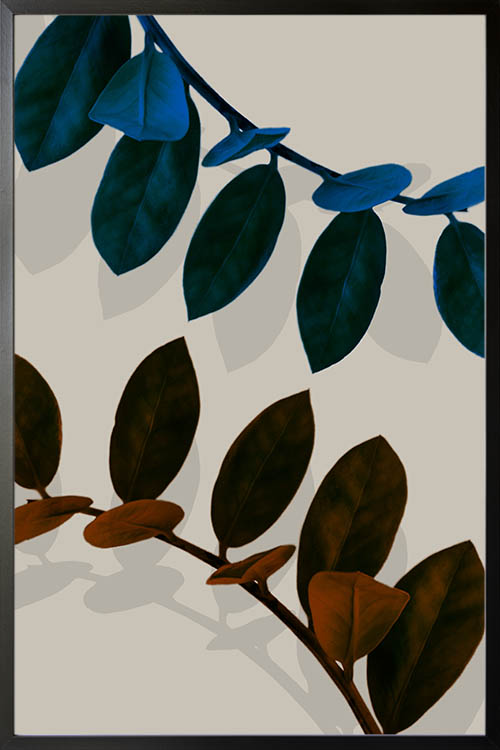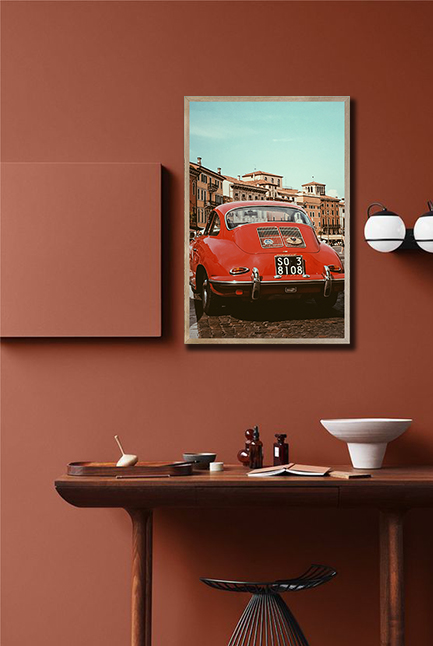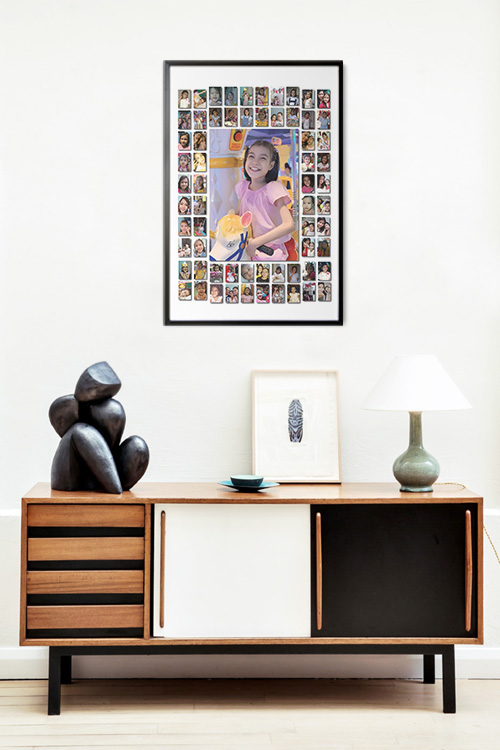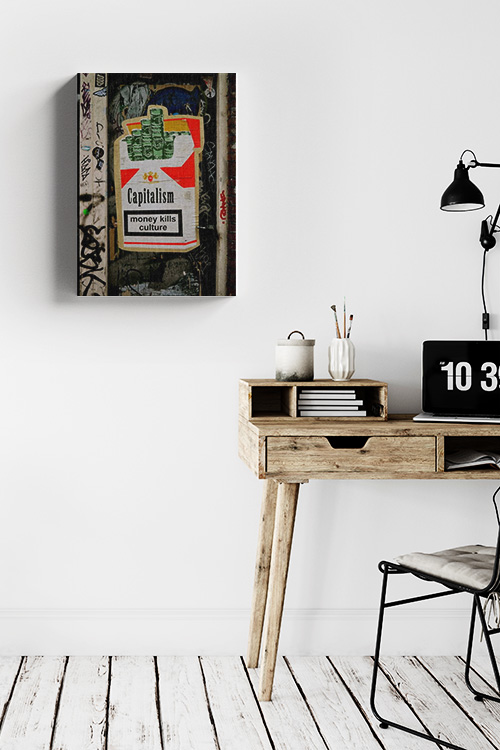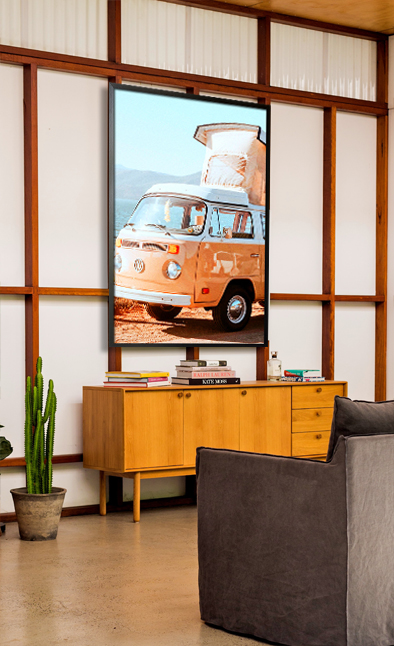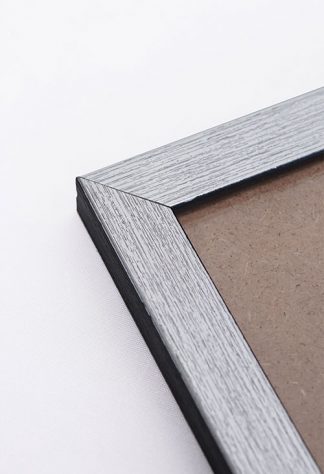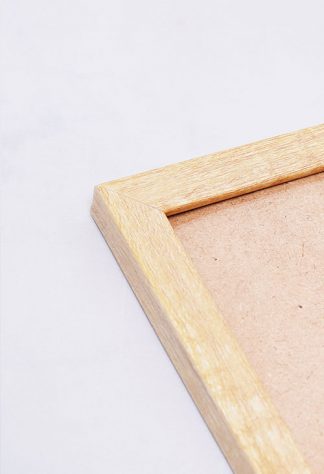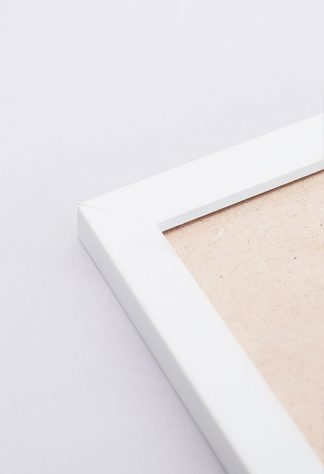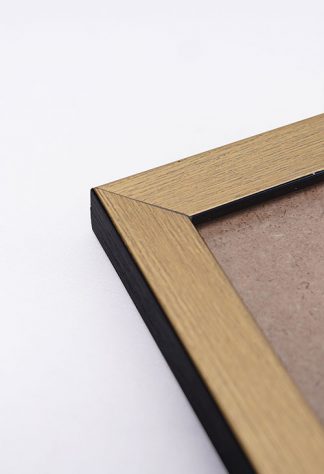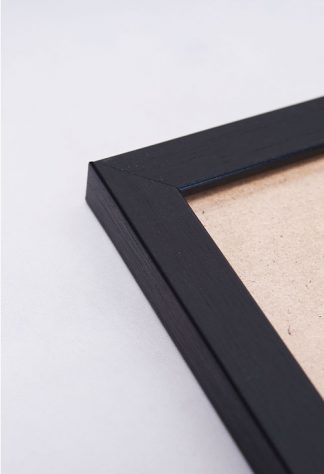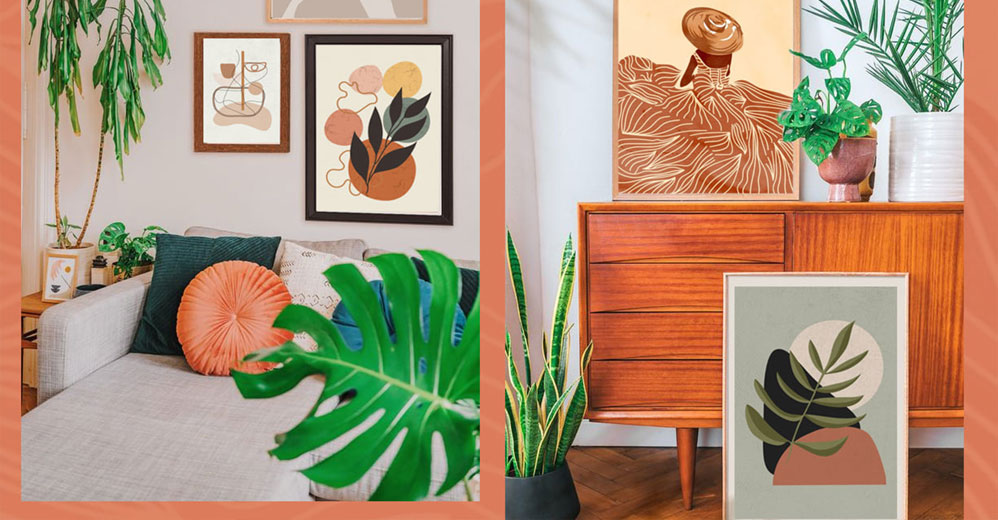
Nature-inspired poster prints are rich in beauty and sometimes mysterious. Displaying posters that feature elements of nature is one effective way to add beauty to any room. In addition to being attractive prints, they can also create an extraordinary and unique atmosphere.
Nature-themed posters are simply wonderful and mystifying. They have a relaxing and comforting appearance. Displaying these posters in the living room or bedroom has become a trend in many homes. Not only will they make the walls look more enticing, but they can also give a vibe that is incomparable to other designs.
Why nature-themed posters are perfect for every interior
Many studies and research have concluded that nature is essential to every aspect of human life and well-being. Bringing a touch of nature indoors creates an interior that can impact the room’s atmosphere and people’s behavior. The occupants of a room with a touch of nature tend to be happier, healthier, and calmer. They also feel more energetic and optimistic about their lives.
There is a reason why several structures designed by the Japanese incorporate Zen or Japanese gardens. The primary reason is to create a relaxing room for the mind and body. This interior decoration can eventually destress and relax, especially for those exposed to a stressful environment.
Effects of nature-themed art on the interior
Studies have shown that people tend to react significantly by just staring at nature-themed posters. Take the office as an example. The environment in the office is filled with factors that can cause stress. Adding a touch of nature to the interior can help create a tranquil atmosphere that the workers need. It was observed that they tend to be more productive and efficient if exposed to the nature-inspired interior.
This effect is also true when applied to any home. Nature-themed posters evoke a sense of freshness and serenity that cannot be offered by any other poster design. A large-sized poster can likewise create a remarkable focal point, while smaller-sized posters can create a wall gallery once arranged creatively.
Final thoughts
The earthy colors of nature-themed posters are proven to be relaxing and calming. Thus, they are perfect in any home. So the next time you plan to redecorate your interior, consider incorporating nature-inspired posters. They are safe and can blend into any interior design style of your home.
Moreover, adding a touch of nature to the workplace is highly recommended as it has a positive effect on the well-being of the workers. Not only will they receive all the benefits, but the company will also see this as a way to grow its business. These days, more and more companies add a touch of nature to their interiors as they are well aware of its effects on the room environment and its employees.
Nature-themed posters are not only about displaying beauty. It also reminds us that we are part of it and should be taken care of.
